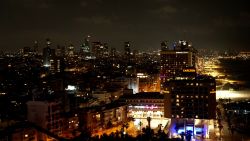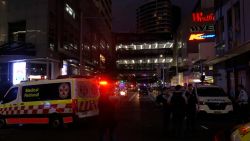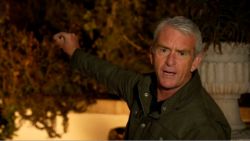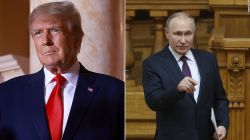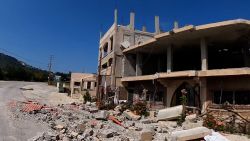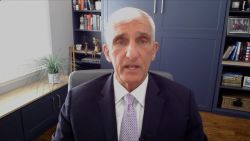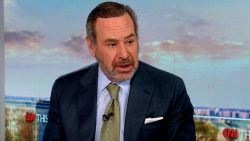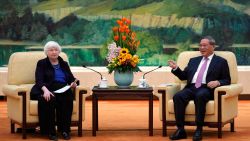When former civil servant Carrie Lam became Hong Kong’s Chief Executive in 2017, she promised to unite the city of 7 million and “re-ignite hope for the next generation.”
Instead, she has attempted to introduce a law so abhorred by the people that up to 2 million of them spilled onto the streets on Sunday, according to organizers, for the third mass protest in one week.
Protesters are demanding the government scraps an extradition bill they fear will allow Beijing to spirit residents over the border to China for perceived political or business offenses.
Lam’s office apologized and suspended the bill on Saturday, but protest leaders, the Civil Human Rights Front (CHRF), say that’s not enough.
They want the government to completely withdraw the bill, recall the use of the word “riots,” release all protesters detained in recent demonstrations and drop all charges against them.
Most of all, they want Lam out.
In pictures: Hong Kong unrest
Long history of protests
This is not the first time Lam has stared down protests.
They began almost immediately after the former civil servant became Hong Kong secretary for development in 2007.
Back then, protesters were enraged by the government’s plans to destroy a pier to reclaim land from the city’s famous harbor.
The unremarkable but beloved jetty, named Queen’s Pier after Queen Victoria, had been used by visiting dignitaries such as Diana, Princess of Wales. Hong Kongers considered it to be part of their heritage and staged protests, vigils and hunger strikes.
But Lam insisted the government wouldn’t waver, the pier was destroyed and she earned a reputation as a “tough fighter.”
Twelve years on, the stakes are much higher than a slab of waterfront concrete.
The government argues the extradition bill is needed to stop fugitives from hiding in Hong Kong.
However, critics say it’s a deliberate attempt by Lam to encroach on Hong Kong’s freedoms under the “one country, two systems” convention it has with China.
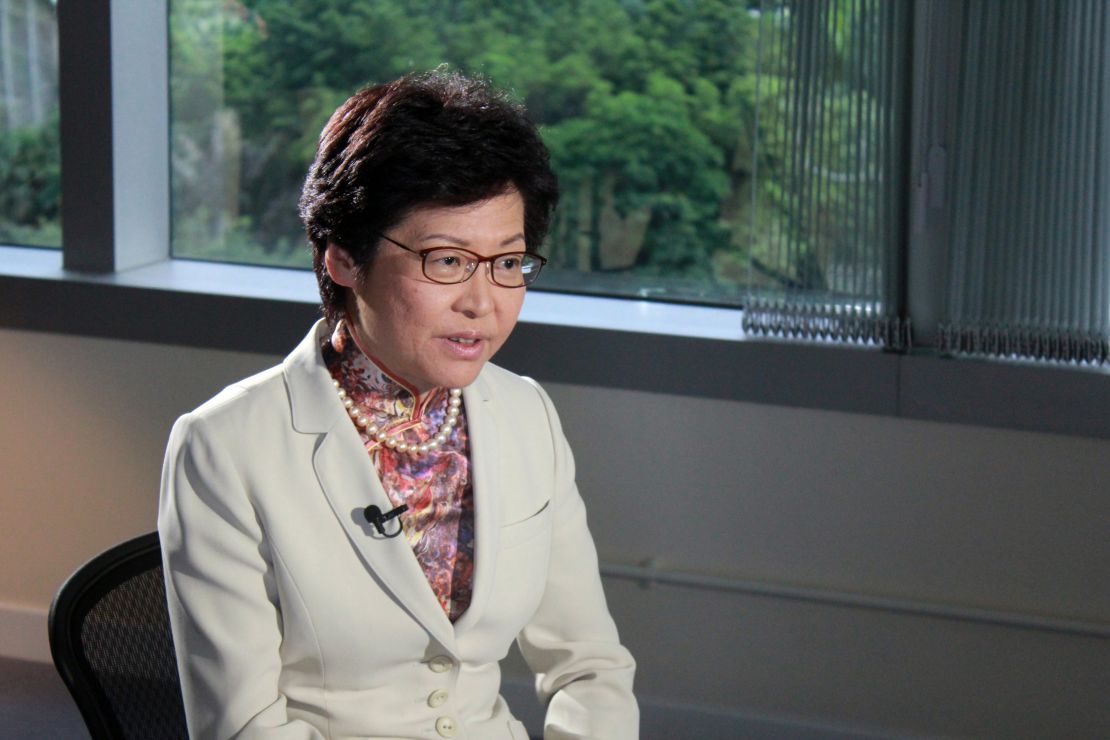
The least rewarding job in politics
Lam was born in the same city that some residents claim she is selling out to Beijing.
Mass protests have taken demonstrators through the district where Lam grew up, the fourth of five children in a working-class household so cramped she did her homework on her bunk bed.
She attended a nearby Catholic girls’ school, St Francis’ Canossian College.
In the 1970s when Lam, clever and driven, became its head prefect she asked how she should control her fellow students. “You don’t control,” a teacher advised her. “You inspire.”
After studying sociology at the University of Hong Kong, Lam joined the British colony’s civil service. She was soon sent on a post-graduate course to Cambridge University, where she met her future husband, a mathematician called Lam Siu-por. They have two sons, Jeremy and Joshua.
Lam continued to serve the post-colonial civil service after the 1997 handover. In 2012, five years after her first government position as secretary of development, she’d become chief secretary, the second-highest post in Hong Kong’s administration.
The same month, students began protesting.
This time it was against the introduction of what they saw as mainland Chinese elements to the school curriculum. Vigils and hunger strikes ensued. In a victory for the protesters, the plan was dropped.
The Umbrella Movement
In 2014, came the biggest challenge of Lam’s career to date.
As chief secretary for the administration, Lam led the task force that proposed changes to the way the city’s chief executive was chosen.
Pro-democracy campaigners had hoped for real reform – instead, only a limited number of candidates approved by a small-circle “nomination committee” would be allowed to run.
A student-led protest took to the streets and paralyzed the central district for 79 days, in what became known as the “Umbrella Movement,” named after the umbrellas protesters used to protect themselves from police pepper spray and tear gas.
While the Umbrella Movement was primarily a response to Beijing’s interference in electoral reform, it also surfed a wave of growing discontent about the city’s quality of life, especially the widening gap between rich and poor.
Lam, who once scored highly in opinion polls, saw her popularity plummet.
But that didn’t stop her being elevated to the role of chief executive in 2017.
Lam was promoted by an election committee that consists of 1,200 members in theory from a cross-section of Hong Kong society, but is heavily skewed towards the city’s pro-Beijing elite. Of the 1,194 votes cast, she received 777.
Cantonese is the language spoken in Hong Kong, but in her inaugural speech, on the 20th anniversary of Hong Kong’s handover to China, Lam spoke mostly in Mandarin for the benefit of Chinese President Xi Jinping, who was present.
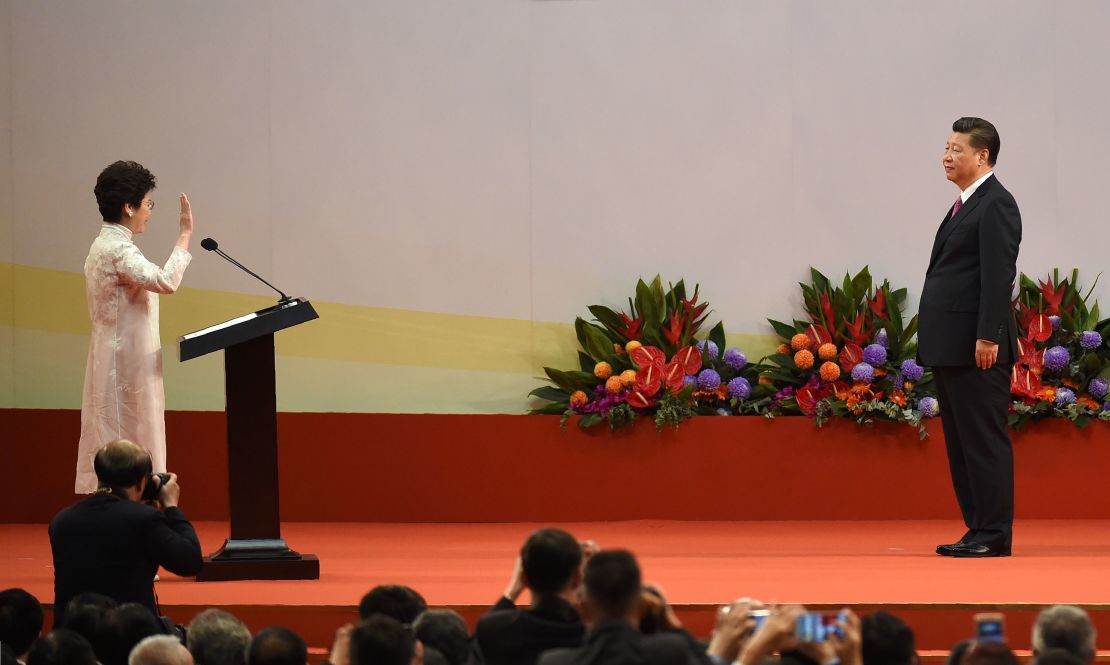
End game
Last Wednesday, after the worst day of rioting and protests Hong Kong had seen for many years, Lam – after days of publicly ignoring the crisis enveloping her – made an appearance on Hong Kong television, crying during the interview.
One of her nicknames in the city is “The Nanny” and, in the interview, she played on that nurturing image.
“To use a metaphor, I’m a mother, too, I have two sons,” she said. “If I indulge his wayward behavior, he might regret it when he grows up.” It’s a traditional Hong Kong belief – that strict parenting brings rewards later in life. But it was also a way of infantilizing the city.
Hong Kong has already grown up. Residents know what they want – it is evident in the number of people on the streets, demanding the city retain what freedoms it has as a special administrative region of China.
Lam is going to need inspiration, divine or otherwise, if she wants to stay in control, wedged between angry Hong Kongers and leaders in Beijing.







